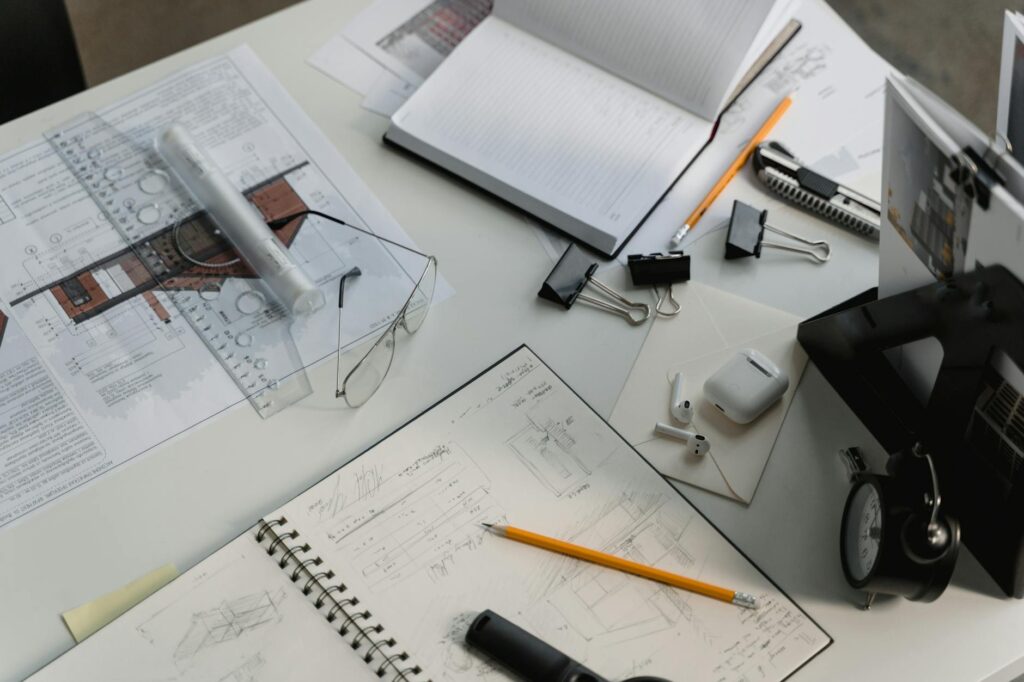What is distraction-free technologies?

What is distraction-free technologies?
In today’s fast-paced digital world, distractions seem to lurk around every corner. Whether it’s constant notifications from social media, emails flooding your inbox, or the endless scroll of information, staying focused can feel like a Herculean task. This is where distraction-free technologies come into play. These innovative tools and approaches aim to minimize interruptions and enhance focus, offering a breath of fresh air in a chaotic environment.
Distraction-free technologies not only help improve productivity but also contribute positively to our well-being. By implementing these tools, you can reclaim your time and energy, making way for deeper work and more meaningful achievements. Let’s explore how these technologies work and their impact on our lives.
Understanding Distraction-Free Technologies
Definition and Purpose
At its core, distraction-free technology is designed to limit interruptions and distractions in a user’s environment, whether physical or digital. The primary aim is to create an atmosphere conducive to concentration, allowing you to focus on your tasks without the constant pull of external stimuli. By using such technologies, you can transform how you work and engage with your surroundings, ultimately leading to increased efficiency and satisfaction.
Examples of Distraction-Free Technologies
Numerous tools and applications fall under the umbrella of distraction-free technologies. Here are a few examples:
- Focus Apps: Applications like Forest and Focus@Will provide ambient sounds or timed work sessions that encourage productivity.
- Minimalist Design Platforms: Websites like WriteRoom and OmmWriter remove unnecessary elements, allowing you to focus solely on your writing.
- Distraction Blockers: Tools such as Freedom and StayFocusd restrict access to distracting websites during designated work periods.

Photo by Tima Miroshnichenko
The Benefits of Using Distraction-Free Technologies
Using distraction-free technologies can lead to various benefits that enhance productivity and mental well-being.
Enhanced Concentration and Focus
One of the most significant advantages of distraction-free technologies is the ability to maintain concentration on tasks. By minimizing interruptions, these tools enable you to enter a state of “flow,” where you can work efficiently without being sidetracked. As you immerse yourself in deep work, your productivity can skyrocket.
For instance, studies have shown that environments with fewer distractions correlate with improved performance. This boost isn’t just about completing tasks faster; it’s about delivering higher-quality work.
Improved Work-Life Balance
Incorporating distraction-free technologies can also lead to a healthier separation between work and personal life. Many people struggle with “work creep,” where job responsibilities seep into personal time. By setting boundaries with distraction-blocking tools, you can create a clear distinction between work hours and downtime.
This practice not only enhances your productivity during work hours but also ensures you have quality time for relaxation and personal interests, ultimately contributing to better mental health.
Challenges and Limitations
While distraction-free technologies offer numerous benefits, they also come with challenges and limitations.
Over-Reliance on Technologies
One potential downside is the risk of becoming overly reliant on these tools. It’s essential to remember that while distraction-free technologies can help, they should complement—not replace—personal discipline and self-management. Relying solely on external tools can foster a lack of adaptability in environments without such technologies.
Integration with Existing Workflows
Another challenge is the integration of distraction-free technologies into your current workflows. Adapting to new tools may require time and effort, particularly if you’re used to a chaotic or multi-tasking approach. The key is to start small—experiment with one tool at a time and assess how it fits into your routine.
Implementing Distraction-Free Technologies in Daily Life
Integrating distraction-free technologies into your daily life is easier than you might think. Here are some actionable tips to get started:
Choosing the Right Tools
Start by identifying your specific needs. Are you looking to minimize distractions while writing or focus during meetings? Based on your goals, select the most suitable tools. For instance, if you’re a writer, tools like iA Writer or Scrivener might be ideal.
Setting Up a Distraction-Free Environment
Your workspace plays a crucial role in maintaining focus. Here are some practical steps to create a distraction-free environment:
- Declutter your workspace: Remove unnecessary items and keep only what you need.
- Limit digital distractions: Turn off notifications and set specific times to check emails or social media.
- Use calming colors and designs: A minimalist design can promote a sense of calm and focus.
By curating your environment, you can set the stage for a more focused and productive work experience.
Conclusion and Final Thoughts
Distraction-free technologies are transforming how we engage with our work and personal lives. By minimizing interruptions and fostering deeper concentration, these tools can significantly enhance productivity and mental well-being.
As you explore various distraction-free technologies, consider how they align with your goals and daily routines. With the right tools and a bit of dedication, you can reclaim your focus and make meaningful strides in your personal and professional endeavors. So, why not start today? Embrace distraction-free technologies and experience the difference for yourself!